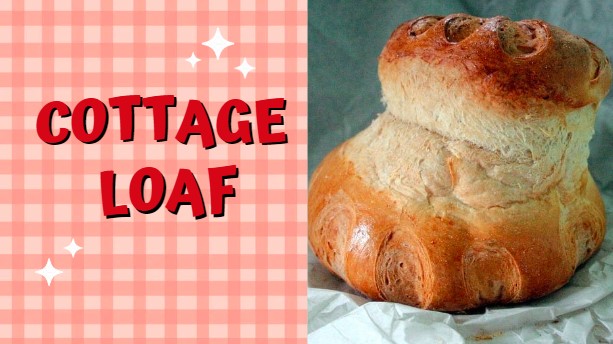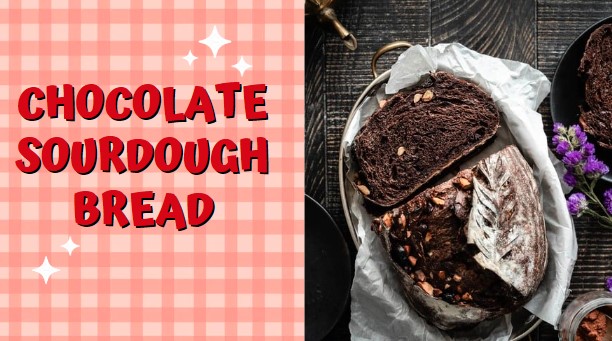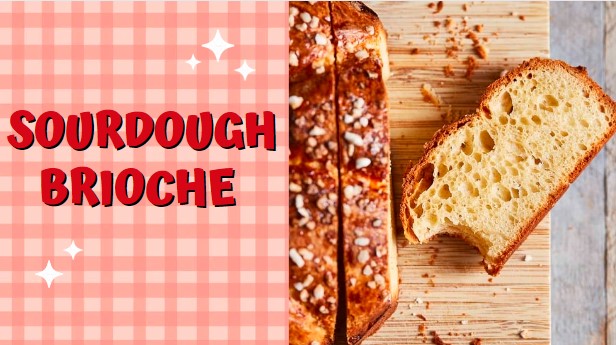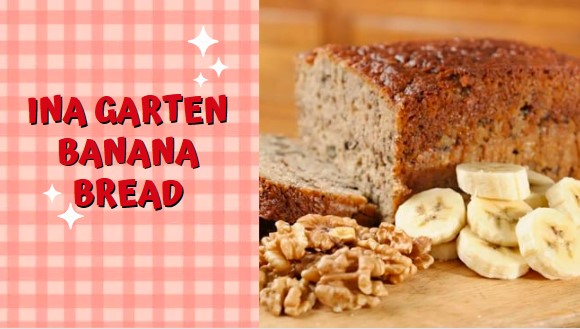A cottage loaf is a traditional British bread known for its distinctive shape, consisting of two round dough balls, one atop the other, with the larger one at the base. This rustic loaf features a soft, airy interior encased in a crunchy crust, achieved through a specific method of slashing the dough before baking. The design not only makes it visually unique but also allows for more even baking and easier slicing. Cottage loaves are beloved for their hearty texture and deliciously rich, yeasty flavor.
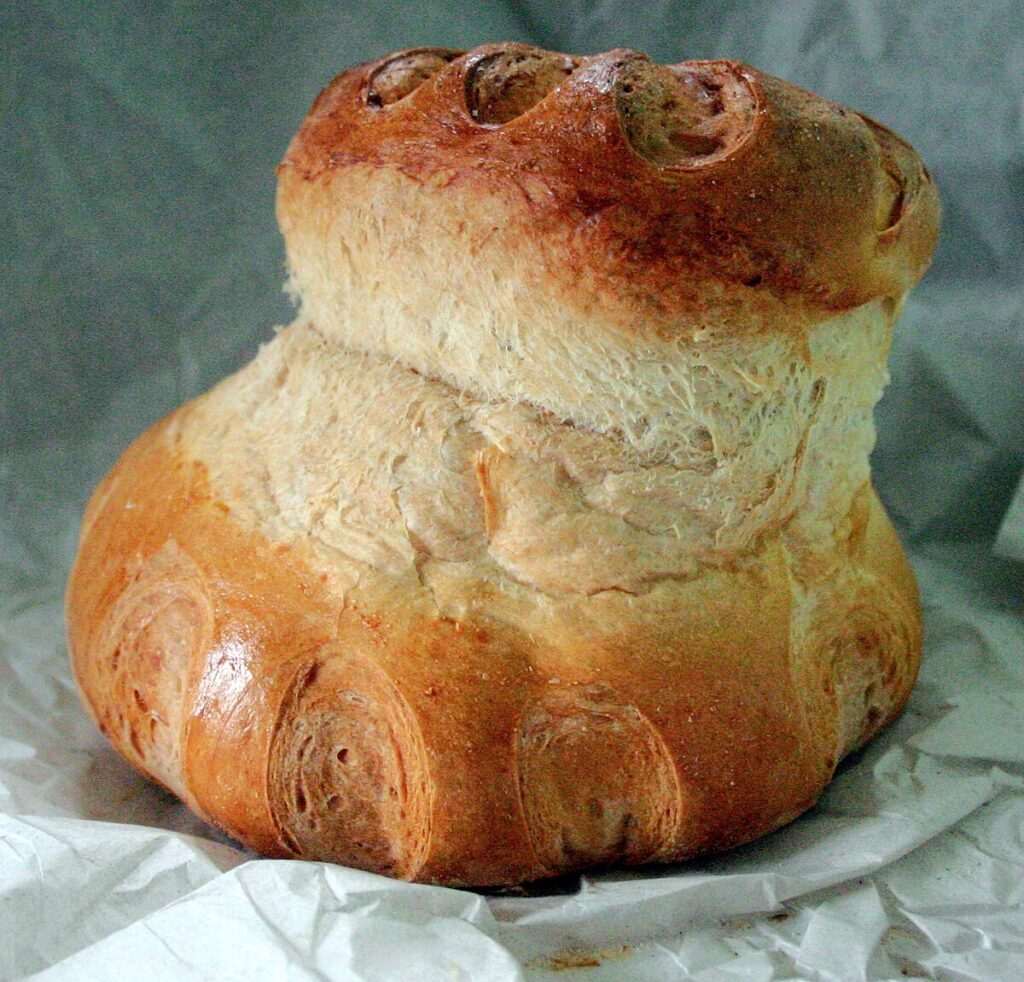
Why is it called a Cottage loaf?
The cottage loaf, a classic British bread, is steeped in tradition and named for its unique shape, which is thought to resemble the quaint, compact cottages found throughout the British countryside. This name, “cottage loaf,” dates back to at least the 19th century, suggesting a long history tied to the rustic, home-style baking of rural England. The bread’s structure, featuring a smaller dough ball sitting atop a larger base, maximizes the loaf’s crust area, which was especially prized by families who valued a hearty, durable crust that could withstand storing and handling in home kitchens.
Historically, the design of the cottage loaf is also practical. Its shape allows it to bake more evenly while maximizing oven space, a crucial consideration in smaller, cottage-sized kitchens with limited baking resources. This efficient use of space and the distinctive, appealing shape contributed to its popularity and the enduring charm of its name.
Kitchen Tools Needed
Ingredients
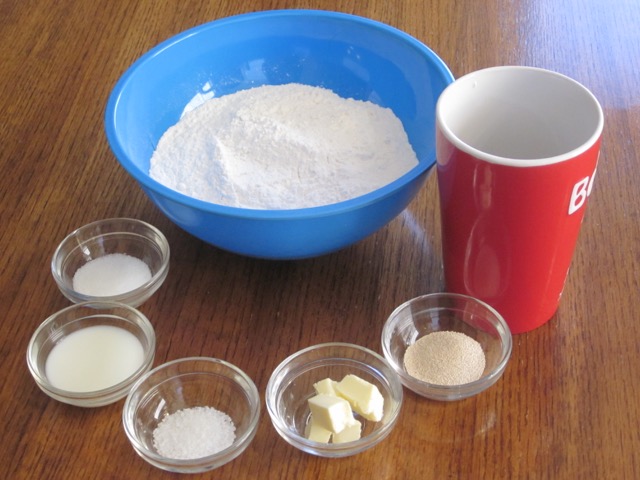
How To Make Cottage loaf?
Preparing the Dough
Begin by mixing the strong white bread flour, salt, and instant yeast in a large mixing bowl. Gradually add the warm water and mix until the ingredients start to form a dough. If the mixture feels too dry, add a little more water; if it’s too sticky, add a bit more flour.
Kneading the Dough
Transfer the dough onto a lightly floured surface and knead for about 10 minutes or until the dough is smooth and elastic. This process helps develop the gluten in the flour, giving the bread its structure and texture.
First Rise
Lightly grease a clean bowl with butter or oil and place the dough inside. Cover the bowl with a damp kitchen towel or cling film. Let the dough rise in a warm place until it has doubled in size, which typically takes about 1 to 2 hours.
Shaping the Cottage Loaf
Once the dough has risen, punch it down to release any air bubbles. Divide the dough into two pieces, one about one-third of the dough and the other two-thirds. Shape both pieces into smooth balls. Place the smaller ball on top of the larger one and use your fingers to push down through the center of the two balls to help them stick together and form the traditional cottage loaf shape.
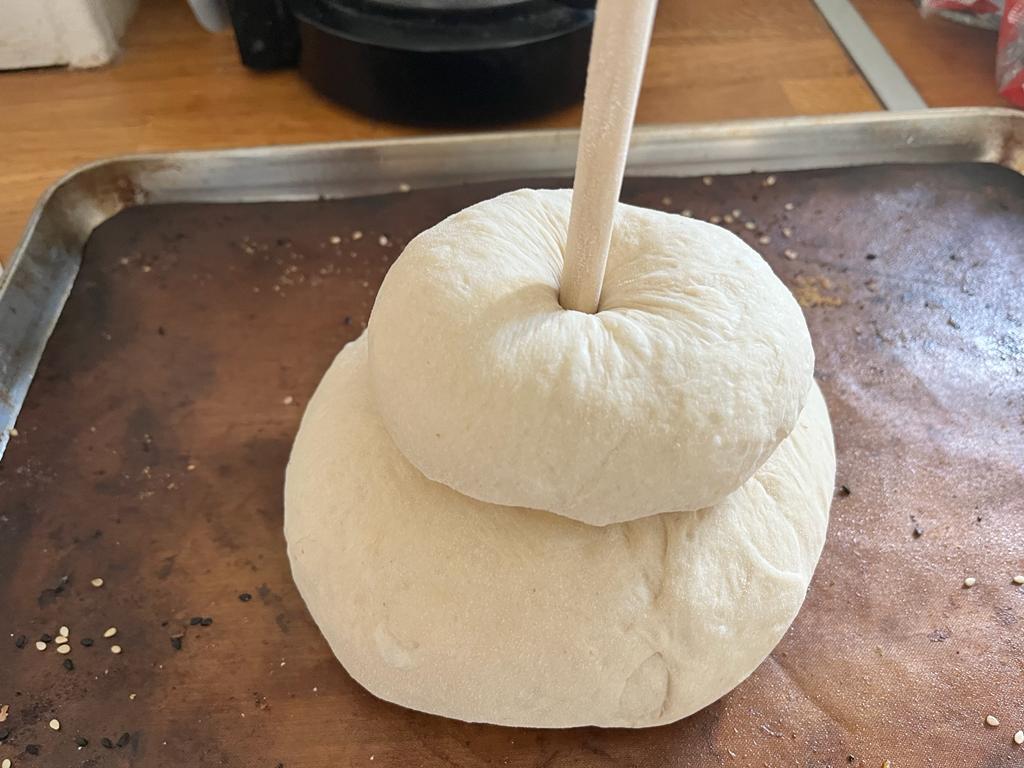
Second Rise
Place the shaped loaf on a baking sheet lined with parchment paper. Cover loosely with a damp towel and let it rise again until it puffs up, about 45 minutes to 1 hour.
Preparing to Bake
Preheat your oven to 220°C (428°F). If you have a baking stone, place it in the oven to heat up. If not, a regular baking sheet will work fine.
Scoring the Dough
Just before baking, use a sharp knife to make a few slashes on the top part of the dough. This helps the steam escape during baking and can enhance the crust’s appearance.
Baking
Place the loaf in the oven and bake for 15 minutes, then reduce the temperature to 190°C (374°F) and bake for another 20-25 minutes. The loaf should be golden brown and sound hollow when tapped on the bottom.
Cooling
Remove the cottage loaf from the oven and place it on a wire rack to cool. Resist the temptation to cut into it immediately; letting it cool slightly will improve the texture and make slicing easier.

What To Serve With Cottage Loaf?
Health Benefits of Cottage Loaf
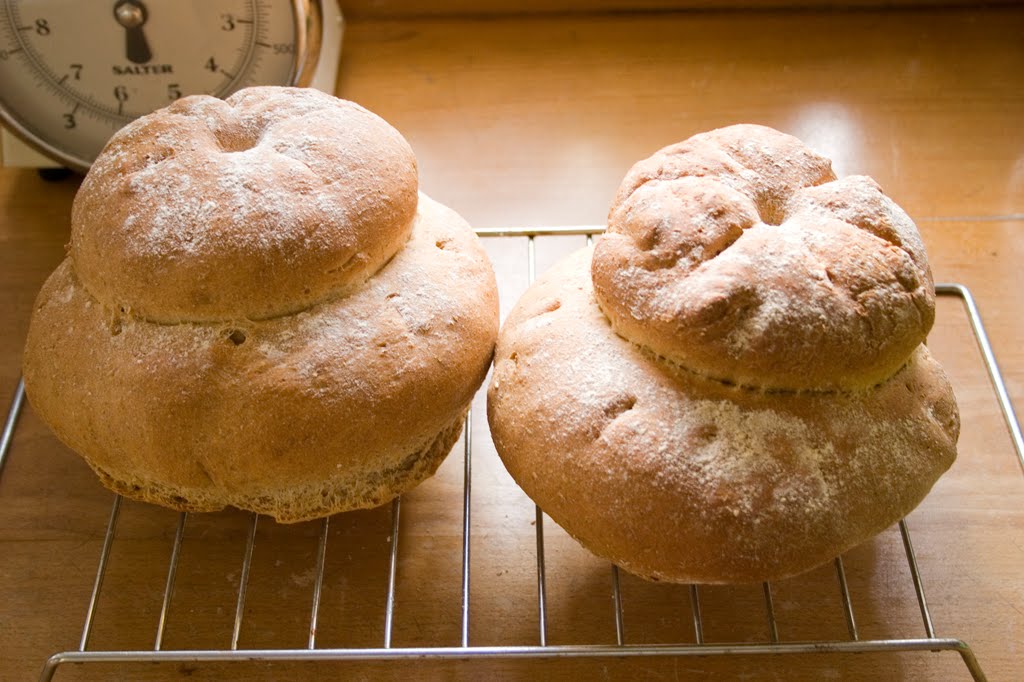
Tips and Tricks
Variations
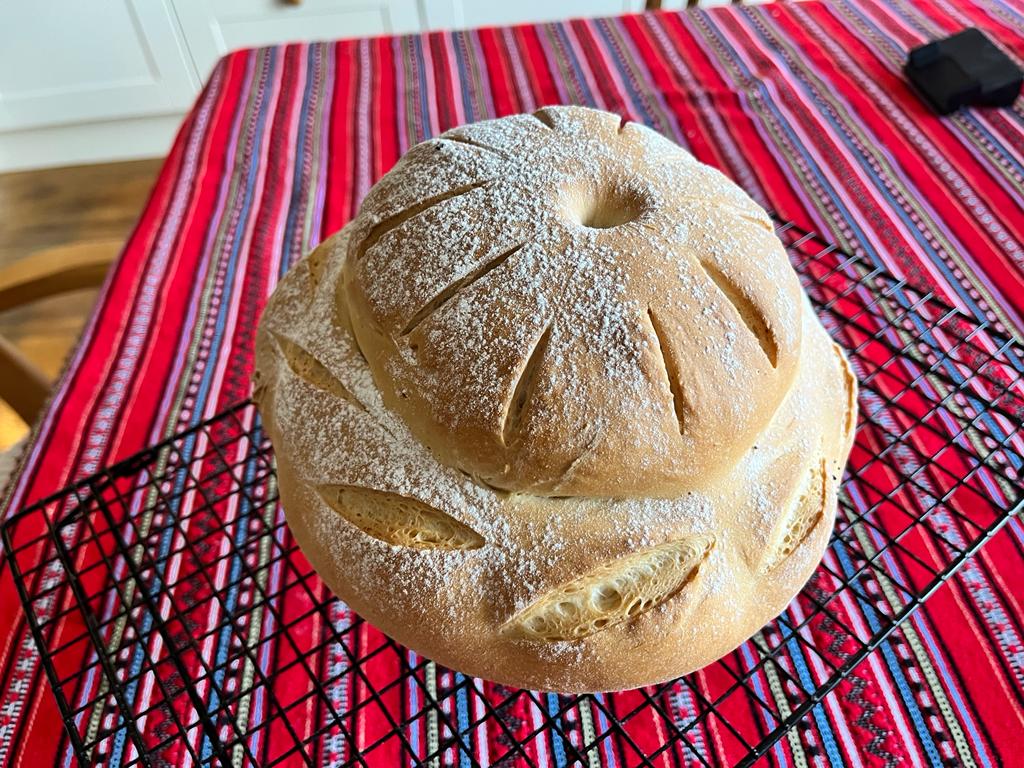
Substitutions
Making Ahead
Storage
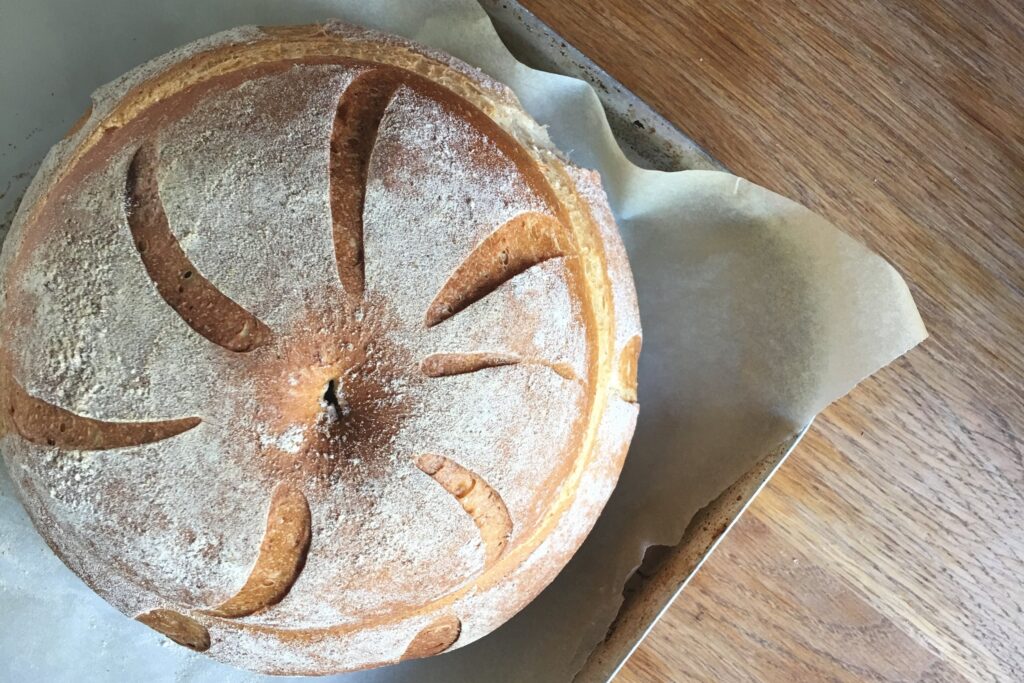
Reheating
Nutritional Facts of Cottage Loaf
A typical slice of cottage loaf (approximately 40 grams) contains the following nutrients:
More Breakfast Options You’ll Love A Lot
Perfect Ina Garten Banana Bread Recipe
Frequently Asked Questions – FAQ’s
Cottage Loaf
Course: BreakfastCuisine: BritishDifficulty: Easy4
servings2
hours30
minutes35
minutes120
kcalIngredients
Strong White Bread Flour – Approximately 500 grams (4 cups)
Warm Water – Approximately 300 milliliters (1 1/4 cups)
Salt – 10 grams (2 teaspoons)
Instant Yeast – 7 grams (1 sachet or about 2 teaspoons)
Butter or Oil (optional) – For greasing the bowl and baking sheet
Directions
- Begin by mixing the strong white bread flour, salt, and instant yeast in a large mixing bowl. Gradually add the warm water and mix until the ingredients start to form a dough. If the mixture feels too dry, add a little more water; if it’s too sticky, add a bit more flour.
- Transfer the dough onto a lightly floured surface and knead for about 10 minutes or until the dough is smooth and elastic. This process helps develop the gluten in the flour, giving the bread its structure and texture.
- Lightly grease a clean bowl with butter or oil and place the dough inside. Cover the bowl with a damp kitchen towel or cling film. Let the dough rise in a warm place until it has doubled in size, which typically takes about 1 to 2 hours.
- Once the dough has risen, punch it down to release any air bubbles. Divide the dough into two pieces, one about one-third of the dough and the other two-thirds. Shape both pieces into smooth balls. Place the smaller ball on top of the larger one and use your fingers to push down through the center of the two balls to help them stick together and form the traditional cottage loaf shape.
- Place the shaped loaf on a baking sheet lined with parchment paper. Cover loosely with a damp towel and let it rise again until it puffs up, about 45 minutes to 1 hour.
- Preheat your oven to 220°C (428°F). If you have a baking stone, place it in the oven to heat up. If not, a regular baking sheet will work fine.
- Just before baking, use a sharp knife to make a few slashes on the top part of the dough. This helps the steam escape during baking and can enhance the crust’s appearance.
- Place the loaf in the oven and bake for 15 minutes, then reduce the temperature to 190°C (374°F) and bake for another 20-25 minutes. The loaf should be golden brown and sound hollow when tapped on the bottom.
- Remove the cottage loaf from the oven and place it on a wire rack to cool. Resist the temptation to cut into it immediately; letting it cool slightly will improve the texture and make slicing easier.
Conclusion
The cottage loaf, a staple of British baking, stands out for its charming, rustic appearance and delightful texture. This traditional bread, characterized by its unique two-tiered structure, not only adds visual interest to the dinner table but also offers a versatile flavor profile that complements a variety of dishes. Whether slathered with butter, used to sop up hearty stews, or simply enjoyed on its own, the cottage loaf offers a taste of culinary tradition that can be adapted to modern, health-conscious diets.
Its recipe can be modified to include whole grains or gluten-free options, making it accessible to everyone. Baking a cottage loaf is not just about following a recipe; it’s about reviving a piece of history in your own kitchen, creating something both comforting and deliciously satisfying.

